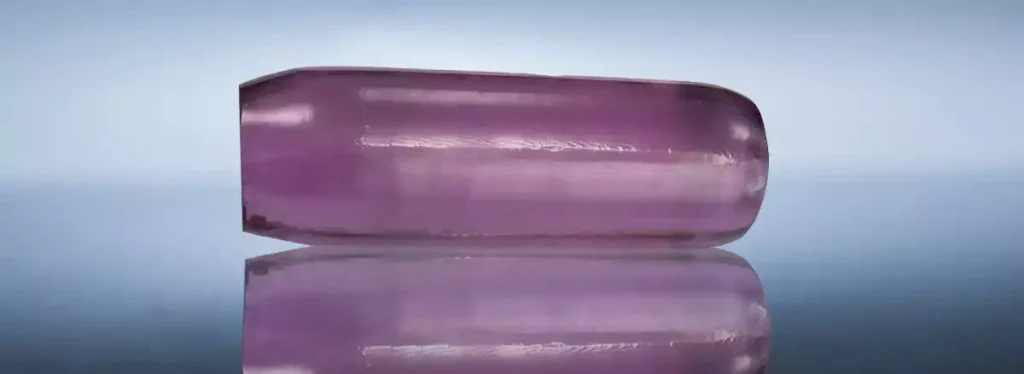Introduction
Laser crystals are the heart of solid-state lasers. They are the medium through which the amplification of light happens, generating the laser beam. In this comprehensive guide, we dive deep into the world of laser crystals.
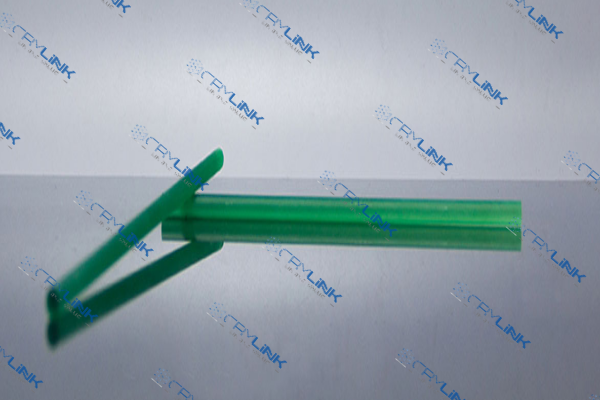
The Anatomy of a Laser Crystal
The core of a laser crystal consists of a solid crystalline material, which is typically doped with certain ions that can produce light amplification through stimulated emission. The properties of these ions are fundamental to the laser crystal’s performance.
Host Material
The host material, or substrate, is a crystalline structure that serves as the physical and optical medium for the active ions. It primarily determines the crystal’s thermal and mechanical properties. Host materials can range from various types of garnet, such as YAG and GGG, to other crystalline structures like YLF and YAP.
Active Ions
The active ions are embedded into the host material and are responsible for generating the laser light. Their nature determines the emission wavelength and the efficiency of the laser operation. Commonly used active ions include Neodymium (Nd), Erbium (Er), and Titanium (Ti).
Dopant Concentration
The amount of active ion dopant in the host material is a critical aspect. It impacts the efficiency and performance of the laser. Too low concentration could result in low output, while too high concentration might cause quenching effects, reducing the crystal’s efficiency.
Thermal Properties
For the laser to function efficiently, the heat produced during operation needs to be managed effectively. A laser crystal with good thermal conductivity can dissipate heat more efficiently, preventing thermal lensing or fracture.
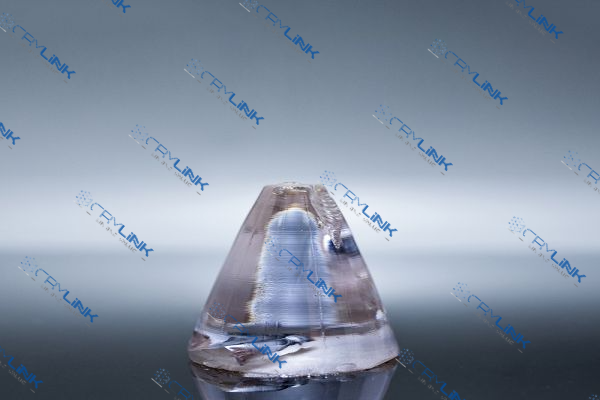
Optical Quality
The optical quality of the crystal is crucial for the efficient functioning of the laser. Defects or impurities in the crystal can lead to light scattering, absorption, or even damage to the crystal. High optical quality ensures a stable and high-quality laser beam.
Characteristics of an Efficient Laser Crystal
The efficiency of a laser crystal is highly reliant on certain attributes which extend beyond its fundamental makeup. These characteristics govern the quality of laser light produced and its subsequent applications.
Laser Transition
The type of energy transition that the active ions undergo within the laser crystal is vital for the laser operation. Most laser operations occur through the principle of four-level systems, which ensures continuous operation and prevents wasteful non-radiative decays.
Line Width
The spectral line width of the emission from the active ions influences the tunability of the laser. A narrow line width may limit the tunability but can lead to a more monochromatic output. On the other hand, a broad line width, as seen in Ti:Sapphire, allows for a wide range of tunability.
Lifetime of the Metastable State
The metastable state’s lifetime also plays a significant role. A longer lifetime allows for more stored energy and a higher potential for achieving population inversion, which is critical for laser action.
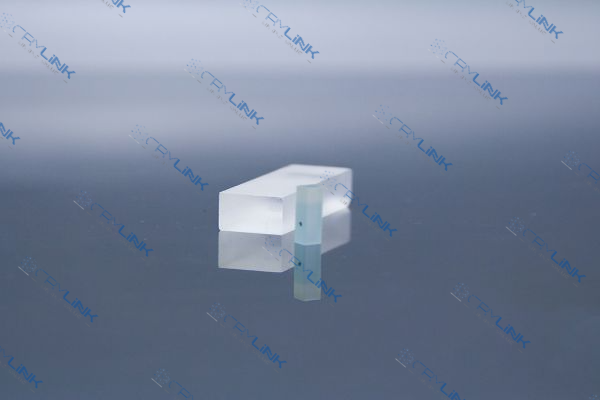
Quantum Efficiency
Quantum efficiency is the ratio of the number of photons emitted to the number of photons absorbed. High quantum efficiency indicates that a larger fraction of the absorbed energy is converted into laser light, contributing to the laser’s overall efficiency.
Damage Threshold
The damage threshold of a laser crystal pertains to the maximum light intensity that it can withstand without experiencing physical or structural damage. High damage threshold is essential in high-power laser applications to ensure durability and longevity.
Polarization Properties
The polarization properties of a laser crystal can impact the quality and characteristics of the output laser beam. Some laser crystals produce linearly polarized light, which can be beneficial for certain applications.
Thermal Expansion and Contraction
The coefficients of thermal expansion and contraction are critical in determining the laser crystal’s thermal lensing characteristics. Minimizing thermal lensing is essential to maintain the beam quality over a wide range of operating temperatures.
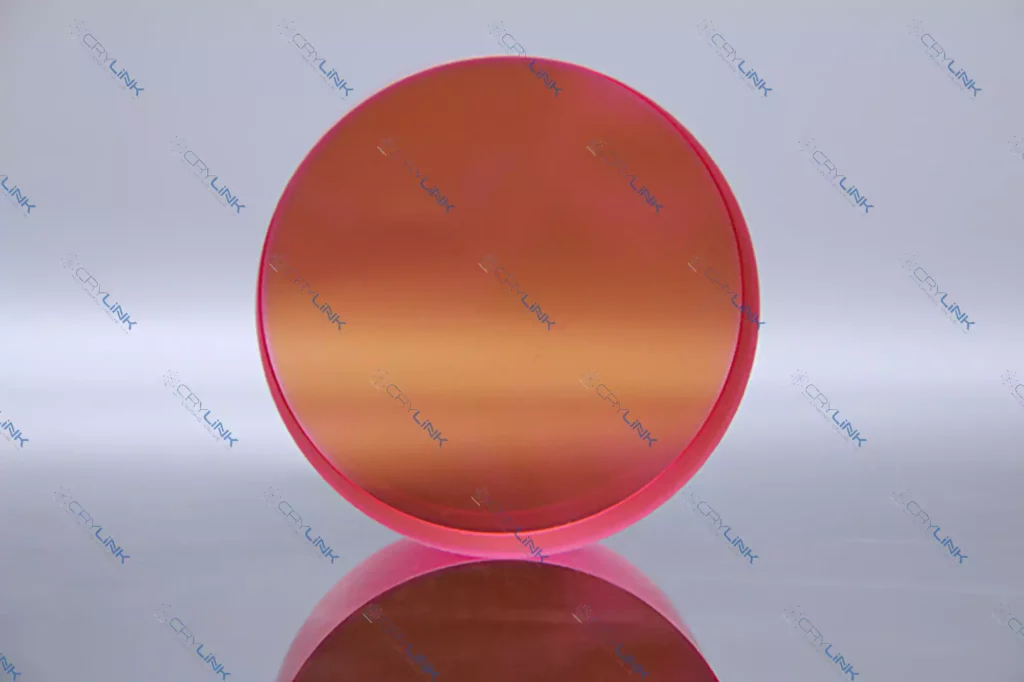
Understanding Common Laser Crystal Substrates
The foundation of any laser crystal lies in its substrates. Here we explore common laser crystal substrates such as YAG, YLF, GGG, and YAP.
Yttrium Aluminum Garnet (YAG)
YAG is the most widely used laser crystal due to its excellent thermal, chemical, and mechanical properties. Its popular active ion is neodymium (Nd), making Nd:YAG crystals.
Yttrium Lithium Fluoride (YLF)
YLF crystals are known for their large nonlinear coefficients and wide transmission range. Their main active ions are Neodymium (Nd) and Praseodymium (Pr).
Gadolinium Gallium Garnet (GGG)
GGG crystals serve as an excellent substrate for magnetic films due to their good thermal and chemical stability. They are often doped with Neodymium (Nd) and Terbium (Tb).
Yttrium Aluminum Perovskite (YAP)
YAP crystals are recognized for their high thermal conductivity and are typically doped with Cerium (Ce) to enhance scintillation properties.
Gadolinium Scandium Gallium Garnet (GSGG)
GSGG is another essential laser crystal substrate. Renowned for its high thermal conductivity and excellent thermal and chemical stability, GSGG is a preferred substrate for high power and pulse lasers.
Doped with active ions such as Chromium (Cr) and Neodymium (Nd), it leads to the formation of laser crystals such as Cr:GSGG and Nd:GSGG. Cr:GSGG is known for its broad emission spectrum and is used in tunable lasers. On the other hand, Nd:GSGG is popular for high energy Q-switched lasers due to its long fluorescence lifetime.
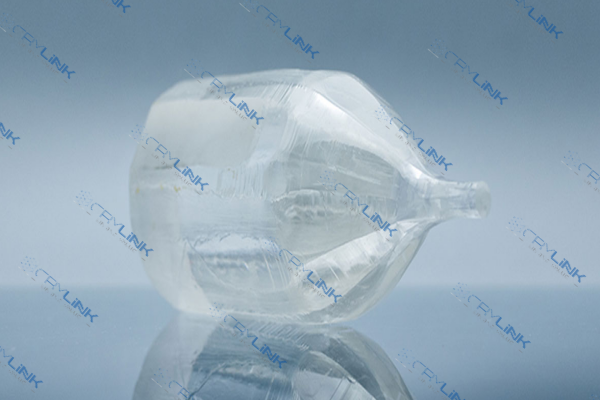
Spotlight on Select Laser Crystals
Let’s delve into the specifics of a few laser crystals and their remarkable properties.
Neodymium-Doped Yttrium Aluminum Garnet (Nd:YAG)
One of the most popular laser crystals is the Nd:YAG. It is well-regarded for its durability, optical clarity, and thermal conductivity, making it a versatile laser crystal in various applications, including material processing and medical technology.
Titanium-Doped Sapphire (Ti:Sapphire)
Ti:Sapphire is a widely tunable laser crystal with a broad gain bandwidth. It’s a go-to option for ultrafast and mode-locked lasers and plays a vital role in spectroscopy and photochemistry.
Neodymium-Doped Yttrium Orthovanadate (Nd:YVO4)
Nd: YVO4 is a highly efficient laser crystal recognized for its high absorption and emission cross-section. It’s commonly used in diode-pumped solid-state lasers due to its high pump quantum efficiency and excellent thermal conductivity. Its applications extend to precision marking, medical diagnosis, and holography.
Ytterbium-Doped Yttrium Aluminum Garnet (Yb:YAG)
Yb:YAG stands out for its very high quantum efficiency and excellent thermal properties. It’s particularly suited for high-power CW lasers and short pulse generation, making it popular in industrial applications for cutting and welding, as well as in medical laser systems.
Thulium-Holmium-Chromium-Doped Yttrium Aluminum Garnet (Tm:Ho:Cr:YAG)
This triply doped YAG crystal combines the capabilities of Thulium, Holmium, and Chromium. Tm:Ho:Cr:YAG is notable for its efficient operation at room temperature, broad emission spectrum, and usage in a wide range of wavelengths. It’s predominantly used in medical applications and in the development of eye-safe lasers.
Conclusion
Exploring the realm of laser crystals offers insights into a world where science and technology coalesce, paving the way for incredible advancements. These laser crystals, each unique in their composition and characteristics, serve as the driving force behind an array of applications that power our modern world.
Understanding their fundamentals, from the role of substrates like YAG, YLF, GGG, YAP, and GSGG, to the function of various active ions, sets the groundwork for appreciating their broader implications. These substrates, doped with specific ions, create the laser medium, which is vital for light amplification and the creation of laser beams.
Moreover, appreciating the wide-ranging intrinsic and extrinsic properties of these laser crystals, such as their laser transition, line width, lifetime of the metastable state, quantum efficiency, damage threshold, and polarization properties, deepens our understanding of their effectiveness and suitability for various applications. Whether it’s Nd:YAG’s prominence in material processing and medical technology or Ti:Sapphire’s crucial role in spectroscopy and photochemistry, each laser crystal carries specific importance.
In conclusion, laser crystals, in their rich variety and unique capabilities, stand at the forefront of numerous technological innovations. Their understanding is not only vital for current applications but also opens the doors to future possibilities in laser technology. With continuous research and development in this field, one can anticipate even more versatile and efficient laser crystals in the future, driving progress in numerous industries and scientific fields. Their potential is vast, promising a future illuminated by the power of light.
Frequently Asked Questions
- What is the role of active ions in laser crystals?
Active ions in laser crystals are responsible for generating the laser light through stimulated emission. - Why is YAG a popular choice for laser crystals?
YAG is popular due to its excellent thermal, chemical, and mechanical properties. - How is a laser beam produced in a laser crystal?
The laser beam is produced by pumping energy into the laser crystal, causing the electrons to move to a higher energy level. When they return to their original state, they emit light, which gets amplified to produce a laser beam. - What applications do laser crystals serve?
Laser crystals serve a multitude of applications including material processing, medical technology, telecommunications, and LIDAR applications. - What are the benefits of Ti:Sapphire laser crystals?
Ti:Sapphire laser crystals are widely tunable, have a broad gain bandwidth, and are ideal for ultrafast and mode-locked lasers.

Frank
Frank graduated from the University of Shanghai for Science and Technology, majoring in optics. As a technical engineer at Crylink Company, he deeply understands crystal materials and laser components.
Related Video(s) with this Article
Related Product(s) with this Article
Related Application(s) with this Article



